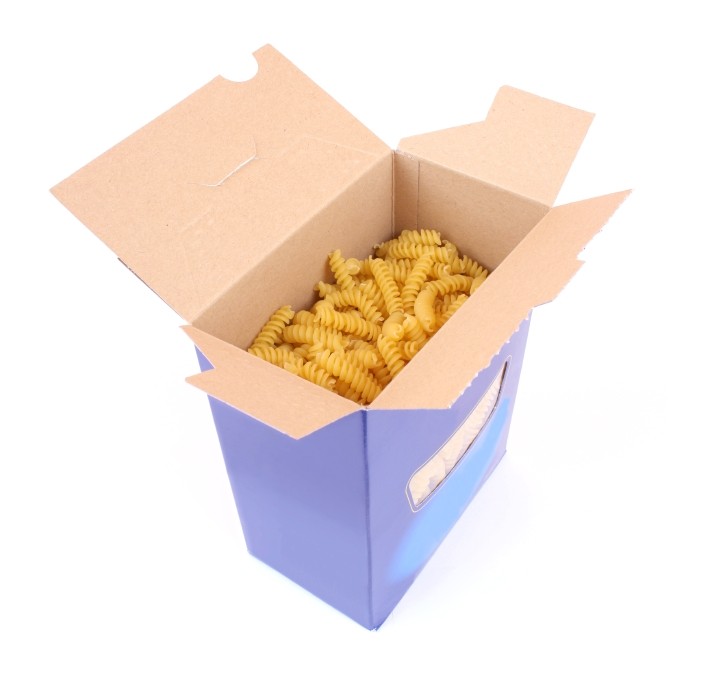Nordic coalition issues FCM printing ink checklist to bridge regulation gap

Nordic Cooperation said it had compiled the 59-page document as part of a strategy to develop “more uniform control and requirements for in-house control of FCM, both for products produced in EU and for those in third countries producing FCM for import into EU”.
The issue has become one of the most high-profile in the packaging sector after Swiss scientists raised concerns about the migration of mineral oils from inks found in recycled cartonboard.
The Nordic partners also urged the European Commission to co-ordinate more training and workshop sessions with member states and industry to increase compliance.
The group noted that EU legal requirements for printing inks and FCM are found in a host of different regulations and directives – including Food Law as well as control and hygiene rules.
Perhaps unsurprisingly, the body, which covers Denmark, Finland, Iceland, Norway, Sweden, and the Faroe Islands, Greenland, and Åland, described the interaction between FCM and printing inks as “a complicated area”.
It added there was no current specific EU legislation and consequently “the responsibility of compliance could benefit from more guidance and risk assessments”.
However, it fully acknowledged that work was underway – both at an EU level and within industry sectors – to develop good practice and regulatory frameworks.
Checklist details
The Nordic partners highlighted one of the major aims of the project as providing checklists that could be used as basic guidance for industry, trade and food inspectors in Nordic countries as part of their practices in maintaining in-house declarations of compliance regarding printing inks and printing processes.
The document contains three main chapters; on printing inks and processes, EU legislation and national guidelines and one on checklists and drafting declarations of compliance.
As well as a series of recommendations, it also has four annexes on chemicals used in printing inks, critical control points, industry guidelines from the European inks trade body EuPIA and one on migration testing.
“The check lists are guidance with the aim to give a starting point for industry and trade when developing their in-house documentation and declaration of compliance,” said the group. “It can be used in present and future work on constructing in-house control documentation or work on improvements of the documentation in order to ensure compliance with the requirements in the legislation, especially the EU regulation no. 1935/2004.”
Recommendations
The guidance the process of establishing an in-house compliance process was an on-going one and acknowledged progress was being made at EU and industry level.
But it said that more harmonised international legislation on FCM – including printing inks - by the EU and Codex Alimentarius was key.
It also urged the European Commission to hold workshops with member states on in-house documentation and sessions with industry players on following guidance to boost compliance.
Research and development of test methods should be prioritised in order to facilitate less costly industry or in-house testing, it added.
To read and/or download the full checklist document click HERE





